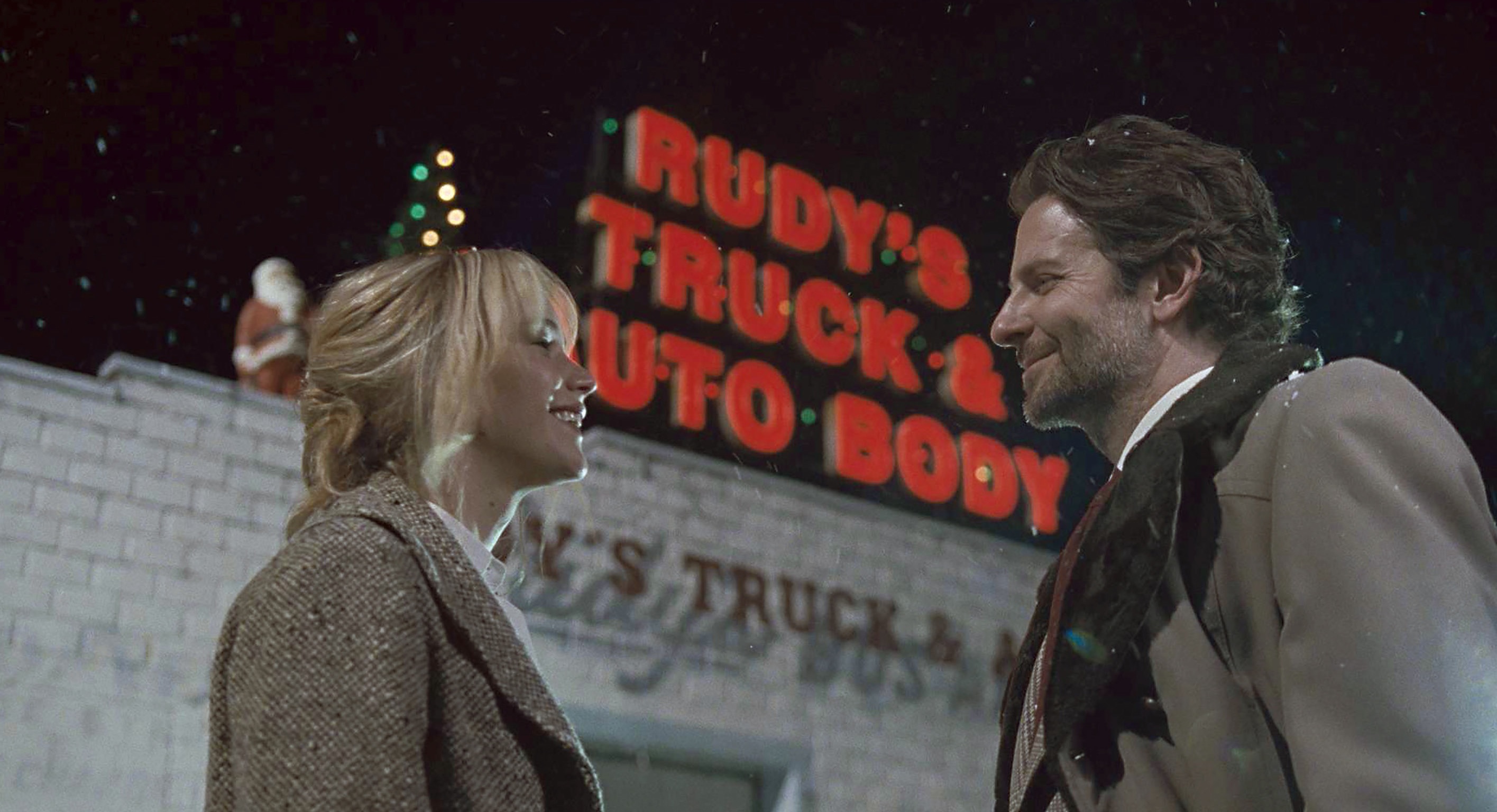Seattle Art Museum director Kimerly Rorschach was hedging her language during last month’s press launch for its awkwardly divided new show. Pop Departures, mostly sourced from SAM’s own collection, isn’t purely devoted to Pop Art—meaning Warhol, Lichtenstein, Oldenburg, and company, who so thoroughly disrupted the art scene of the 1960s. Instead, said Rorschach, the show “is tracing a lineage” from those old, white elders of Pop to their heirs of the ’80s and beyond—call them the Departees, perhaps?
Everything fit for a poster or tote bag—see the gift shop, please—comes first in the chronological show of over 100 works by 28 artists. The grabby images are all there, mixing roadside iconography (Ed Ruscha), Hollywood faces (Warhol), comic-book panels (Lichtenstein), and even familiar plates of diner food (Oldenburg’s sculptures, which haven’t aged well). They still have the power of their simple graphic clarity, their appropriation of the commercial lexicon of advertising, signage, and celebrity. You could do an entire show on each of the Pop elders—you want to see more of the big names—but this show also insists on the importance of the next two generations of Departees.
“Pop Art doesn’t feel to me like a closed chapter,” says SAM curator Catharina Manchanda, who organized the exhibit. (She’ll give a talk on it at 11 a.m. Fri., Nov. 7.) Her catalog thesis is essentially that Pop never really died, which fits with my own uncertainty about the movement’s demise. Did Minimalism or Conceptualism eclipse it, or was it simply absorbed into the bright, readymade universe of symbols and logos? Did borrowing and appropriation ever play themselves out? Look outside your window (or your computer screen, home of the image grab), and the answer is clearly no.
Yet for Manchanda, at least, the original spirit of non-ironic Pop celebration has curdled. “Consumerism today is alive and well on a global scale, but no longer tinged with that happy optimism,” she writes in the show’s catalog. Thus we detect a growing sense of irony and criticism as we proceed through later examples of borrowed imagery, including Richard Prince’s cigarette-ad cowboys and Barbara Kruger’s framing of Warhol’s own iconic face (a decade after his 1987 death). Jeff Koons’ gilded kitsch further collapses notions of high and low culture (even while commanding very high price tags).
Moving past the millennium, Manchanda sees “the foregrounding of a culture of display,” more engagement with the market and commodification. Notable among recent works is the German artist Josephine Meckseper’s none-too-subtly named American Mall, a mirrored display of consumer items. It nods to Warhol’s early career as a window dresser, of course, and Meckseper said as much during her October visit: “It’s like a shop window.”
The difference is that Warhol, back during his pre-fame commercial-art days, wanted shop windows to be beautiful and inviting. Meckseper’s diorama is intentionally full of gaudy, vulgar trinkets—in keeping with what Manchanda calls “the tinge of strangeness, surrealness, or discomfort” that artists today feel about such crass commercial displays. You can’t simply enjoy the representation of a Campbell’s Soup can for its elegant red-and-white label; here Meckseper’s mirrors mean “the viewer cannot escape their own image while looking at it,” she says. Warhol had no use for reflecting ugly, ordinary people like us—mere shoppers or museumgoers. Meckseper, born in the Pop era, is of a generation that now directly implicates our consumer desire—younger than Kruger and Prince, but no less politicized.
And there’s one thing you can say about Pop during the Ike–JFK ’60s: It wasn’t political. Does anyone remember what Warhol had to say about Vietnam? No—because he had no such views. He was concerned with images and objects that contained their own ideas, requiring none from the artist; hence his famous quip about wanting to be a machine. Pop was a retreat from or reaction against the intense psychology of the postwar moment: Freud and Pollock and the couch trip and all that. Things didn’t mean. Things just were.
Manchanda wisely brings in some other voices to her catalog—chiefly critics and a few artists from the show (Meckseper included). But the money quote, as always, comes from Warhol: “The Pop artist did images that anybody walking down Broadway could recognize in a split second—comics, picnic tables, men’s trousers, celebrities, shower curtains, refrigerators, Coke bottles—all the great modern things that the Abstract Expressionists tried so hard not to notice at all.”
All the great modern things, from Marilyn to Mao, Brillo boxes to gas station signs. And they still look great—so clean and uncluttered, their meaning honed and refined by copywriters and photo retouchers, perfect encapsulations of the consumer zeitgeist. Manchanda writes that “Warhol glamorized the object,” but there’s more to it than that. If not political in an anti-capitalistic sense (a dangerous stance at the time, let’s remember), Pop winked at its sources. Pop Art isn’t naive, as Manchanda sometimes seems to suggest; its sources were naive. Lichtenstein is quoted to that effect in the catalog, writing “I want my images to be as critical, as threatening, and as insistent as possible.”
Though it can now seem decorative, like background art that blurs into advertising (part of what makes it so enduringly subversive), Pop was never meant to be cute. Its early, eye-pleasing qualities disguise its unsettling and often satirical intent. But the Departees had to distinguish themselves from Old Uncle Andy, and that is why—as you cycle through this show—most all of the later work rejects any lingering notions of beauty. That’s not to say it’s is bad or ugly; it just doesn’t earn repeated viewings. The inherent concept—consumer critique or whatever—outshines the vessel. You get it, or don’t, and move on.
And that returns us to the atavistic allure of Warhol, Lichtenstein, and, for me especially, Ruscha. His word paintings are sometimes dismissed as random fusions of typography and color (“free word association,” Manchanda calls them), the text as meaningful—or meaningless—as a Zen koan. I love them. Along with the works of Warhol and Lichtenstein here, I’d like to see a whole lot more of them. There’s irony and humor in Ruscha (as in America Her Best Product), but also the bygone appeal of ads and slogans that no longer sell to us.
Who buys Brillo anymore, or gasoline at Standard filling stations? Yet they still look great, in part because they’re divorced from the current economy. At a museum exhibition 50 years hence, no one will want to be reminded of the pop-up ads and screen clutter of today’s Internet. But the Google doodle? I think maybe that’s Pop.
bmiller@seattleweekly.com
SEATTLE ART MUSEUM 1300 First Ave., 654-3121, seattleartmuseum.org. $12.50–$19.50. 10 a.m.–9 p.m. Thurs., 10 a.m.–5 p.m. Wed. & Fri.–Sun. Ends Jan. 11.








